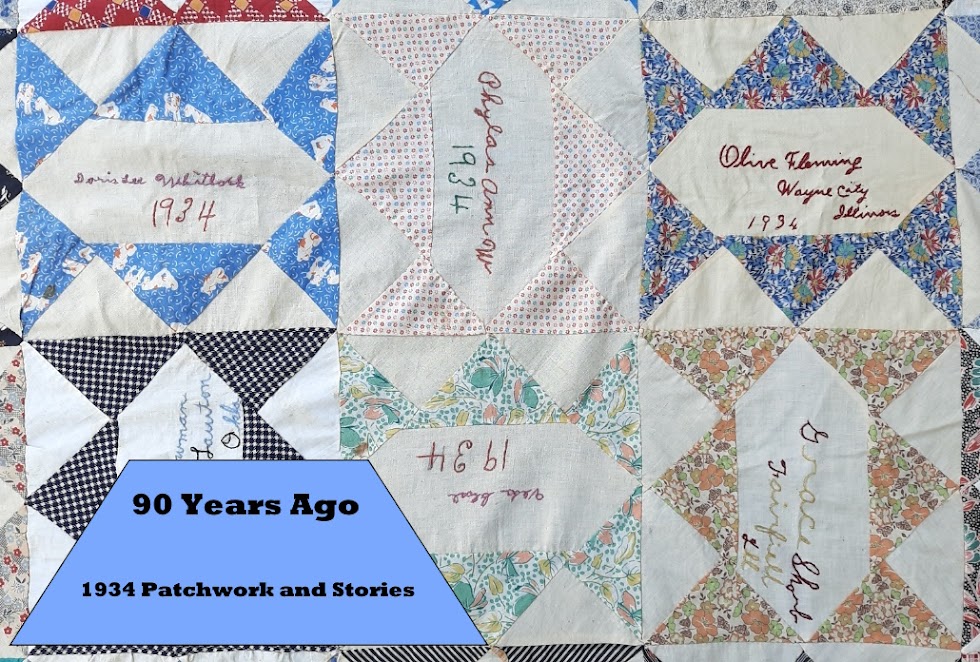Here it is! The first block of the Chester Criswell Quilt is Jane Wilson's block. Jane's block is 160 years old, the photo shows my block which is just a newborn. The pattern is on the Two Bits Patches website now, and the download is free. You can have your own copy when you click here. The download includes the pattern, photos of the original block and a story about Jane Wilson.
Each month a new block will be available at the Two Bits Patches website. The cost for each pattern is $A2.50. You don't have to sign up for the whole quilt, you can choose to buy one or two or many of the patterns. A new pattern will be available on the 1st of each month, the next pattern will be available 1st September.
It's quite exciting to launch a pattern, but it's a bit scary too. For me, the scariest part is the photo you are looking at. I am very much a beginner at needleturn applique - which I'm sure you can tell on close inspection - but it's so enjoyable! Twelve months from now I may look at this first block and wonder that I had the nerve to publish a photo of my work. But that's okay, everyone was a beginner once.
I hope you decide to join in the journey. You don't have to make any blocks at all, you may want to enjoy the blog about signature quilts and life in the 1850s. If you do make this block, will you send me a photo? I'd love to see your choice of fabric and technique.
Free Download at www.twobitspatches.com




